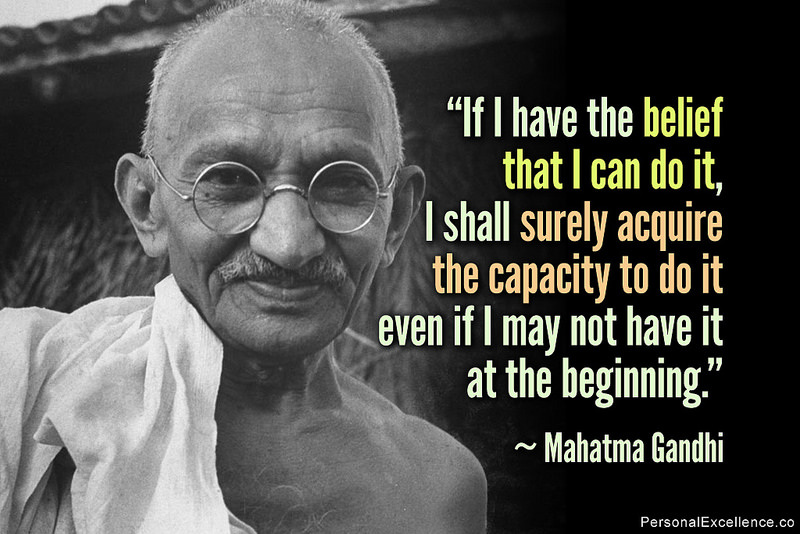|
What is the modern perception of a leader? How is it different from what it was ten years ago? How it is applicable to our everyday work reality? No matter whether you a in a managerial title or not, did you ask yourself this type of questions?
Not that I have an answer. But I think it’s important to ask those questions once in a while. Each of us is a leader – in one capacity or another – but not always we realize that, or acknowledge the responsibility that comes with leading others. I know what was a common perception of a leader in a workplace ten years ago. Someone knowledgeable who has the answers and provides clear and detailed directions to the team. Good communicator. Fair. More like a mentor and advisor. How is team motivated in this case? It’s easy. As Agile Manifesto states, we are all good citizens. Team members in general want to please their managers and to be considered good contributors by their peers. It’s in human nature. Things may get different but that’s for a different topic. So level 1 in team quality – compliance – is easy to achieve. What this approach lacks? Buy-in from the team. Thus – level 2 in team quality: creativity. Level 3: Sense of ownership. Growth opportunity – in literal sense. Ability to grow up as a professional and start making decisions on your own. In the case of a decision-making manager, this is a leader by title and a governance tool but not someone who serves the team in terms of team-building and providing the members with the opportunities they need to succeed. Is this getting different in a modern world? It is and it is not. People are not necessarily changing easily. In technology, however, we are more prone to change – because of the nature of our industry. We won’t survive professionally without constant learning – and this means the change by default. That’s why agile concept – self-organizing and self-building (self-maturing, self-governing, etc. etc.) teams – emerged in IT. This does not mean that we lack managers who give orders – and teams are following those (remember, we are all good citizens by nature), however, we have the new breed coming – those who see management function in serving their teams – making them more efficient by satisfying their needs – shifting decision making and ownership to their members and empowering them with ability to think creatively and take ownership. I really like the concept of leadership as a service. And this concept is not a new one. Mahatma Gandhi said: “The best way to find yourself is to lose yourself in the service of others.” This concept perfectly applies to project management, any other area of management, or leadersip in general. It is so important to be a servant, not a manager who gives instructions but leader as a team member who builds trust and promotes respect. This is the key to team’s success. I listened to a webinar on leadership and project management. The presenter was talking on leadersip and success as it relates to project management. She said: number one driver for project success – guess what? Business case with proper ROI calculated? Resources? Careful planning? Fixed scope? No! Trust between team members. If this is not achieved, this results in slower delivery, lower quality, knowledge trasfer gaps, high maintenance costs. And number one recipe for failure? The environment where people are afraid to admit their mistakes, where collaboration is not promoted, where individual success is above team’s success. And this is fundamental. Project success is not about technologies and processes. It is about people. So if we fail as a team, it means that we are not ready to take ownership, to makes decisions, to put our success as a team over each member’s personal contribution. And what is leader’s role on the team? Serve the team by building it based on trust, respect, open communication. That’s why a new term comes into play: leadership as a service. I think this term reflects the nature of modern leadership very well, and a manager is a service provider to the team in the same sense as SAAS vendor provides a service to its customer. What do you think?
0 Comments
|
AuthorTransformation agent with experience in business transformation including transition to Agile (Scrum, kanban, lean) and building scaled Agile and Lean organizations. Passionate about motivating people and building great teams. Archives
October 2020
Categories
All
|
Services |
Company |
|

 RSS Feed
RSS Feed